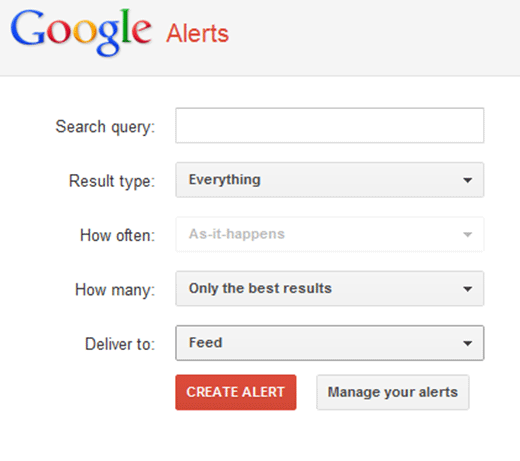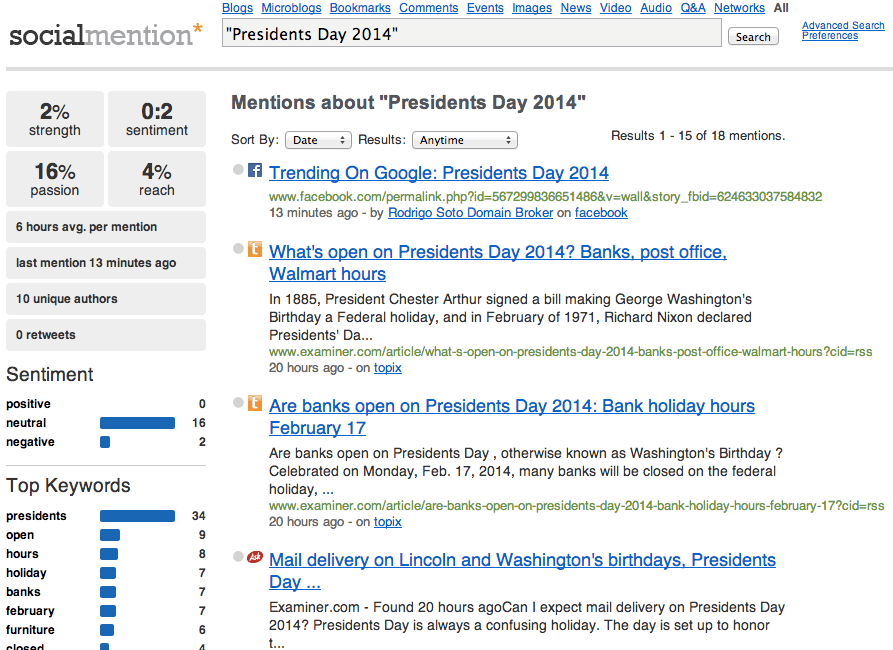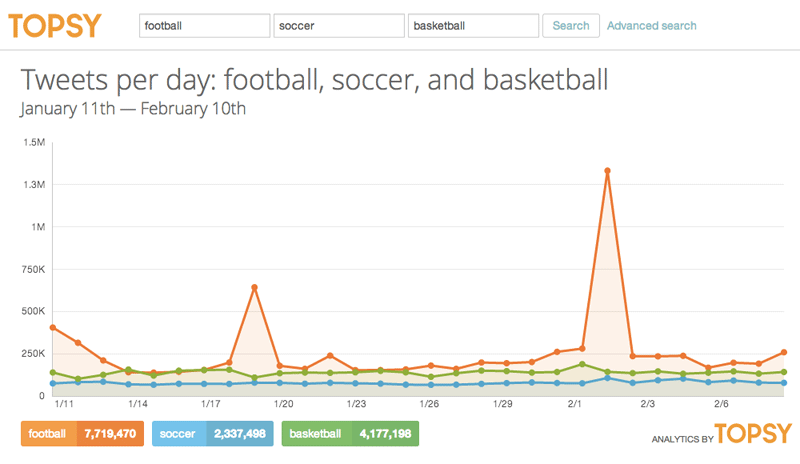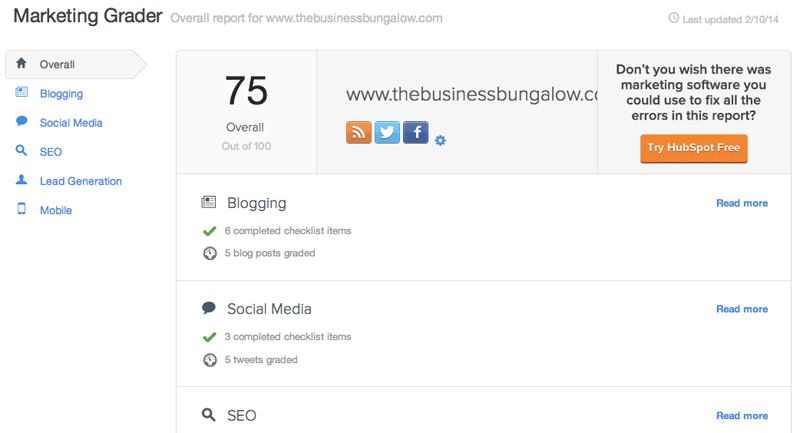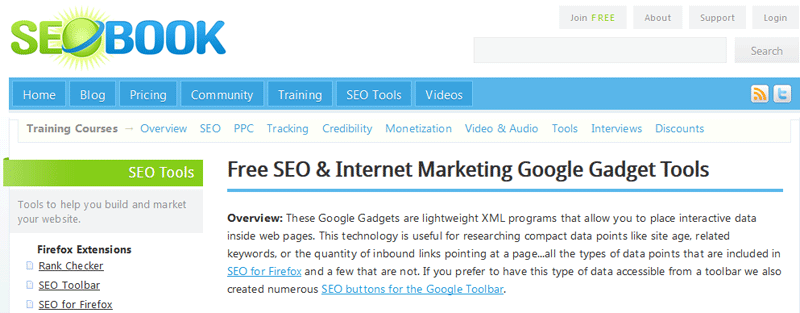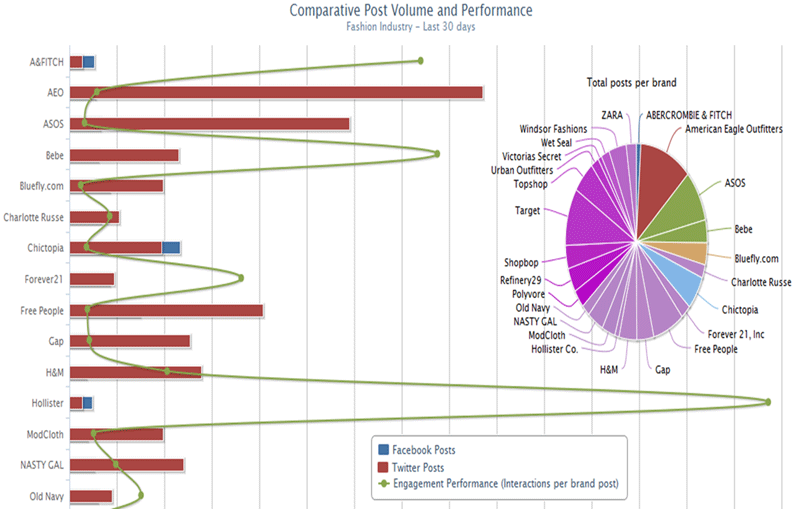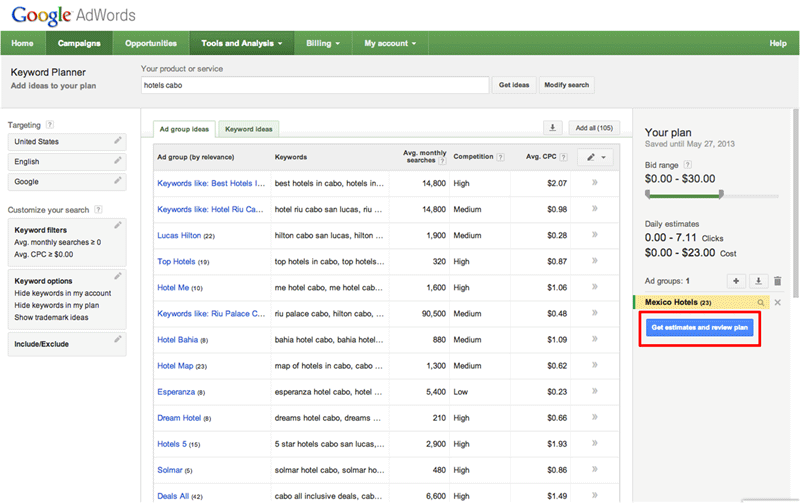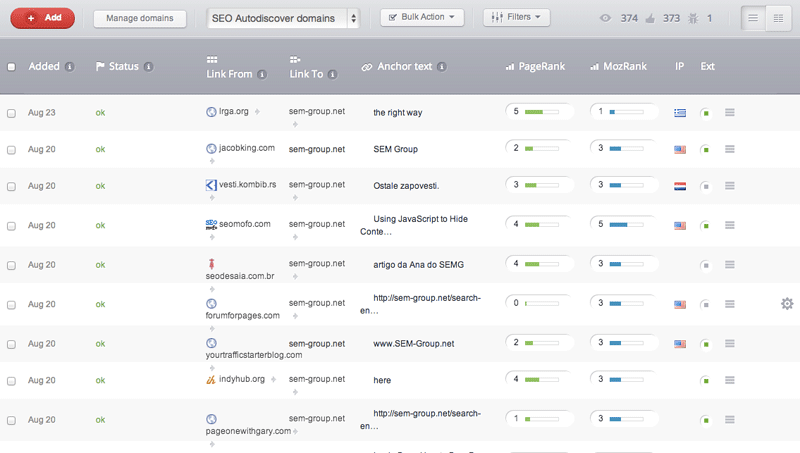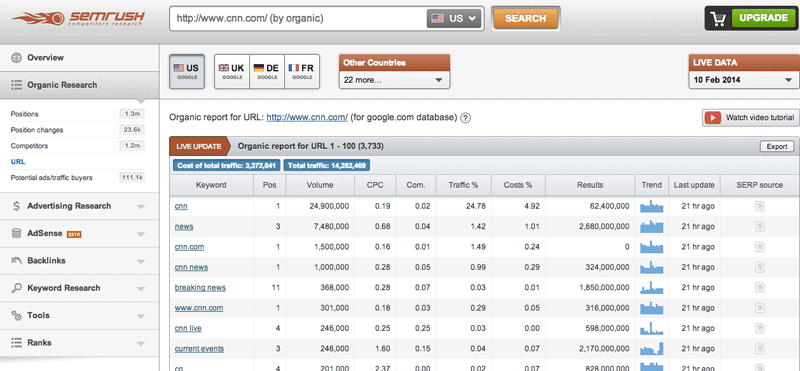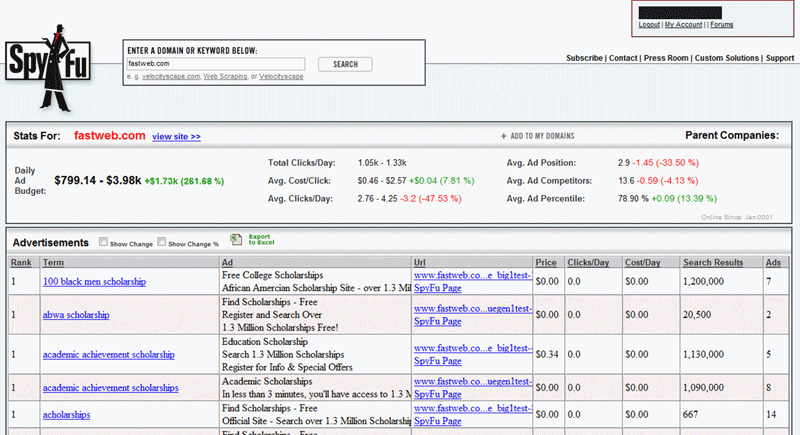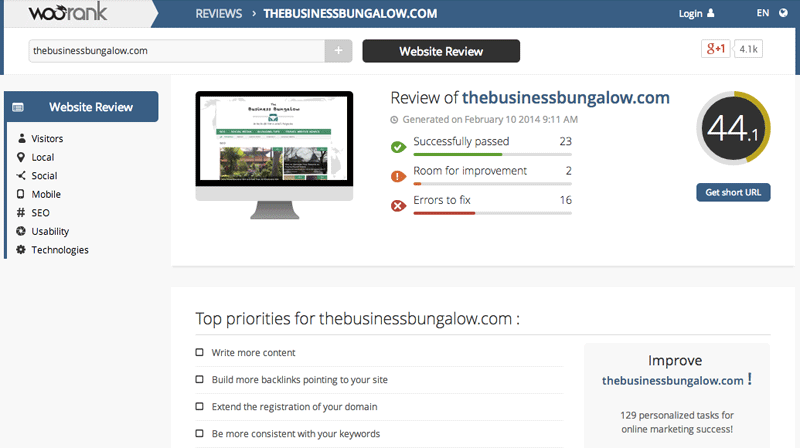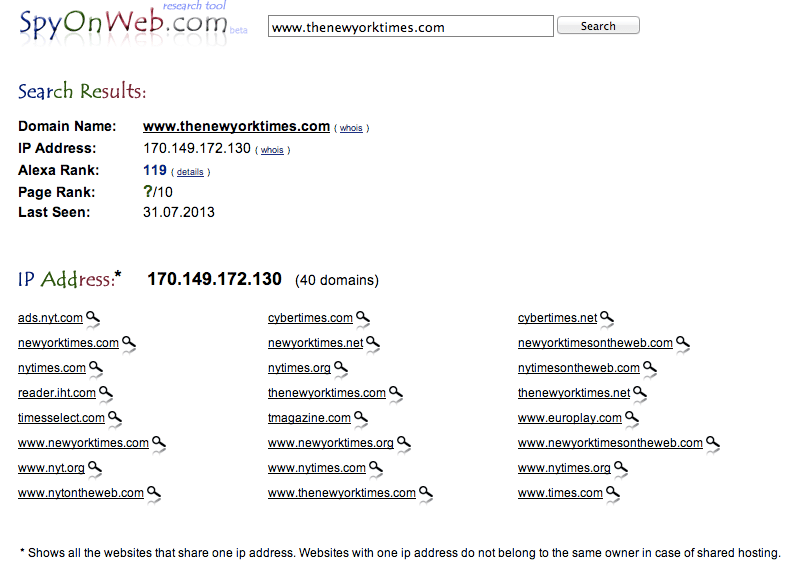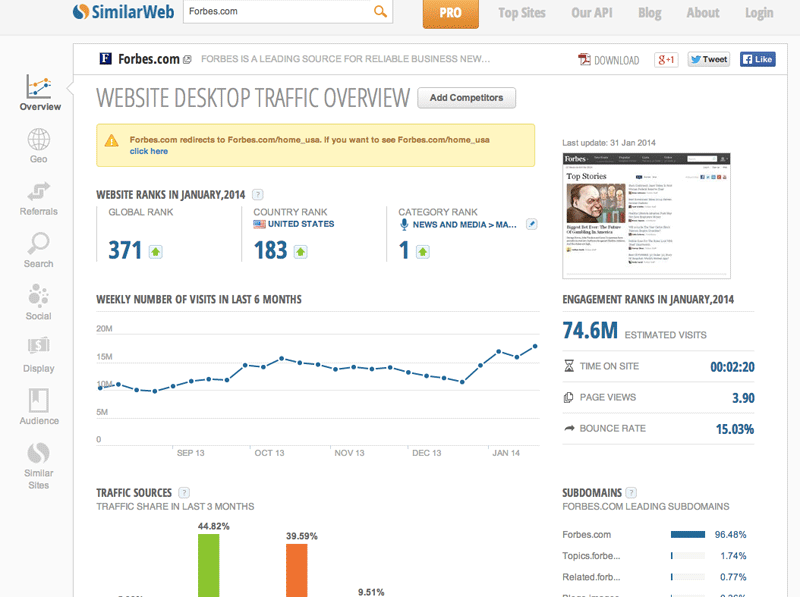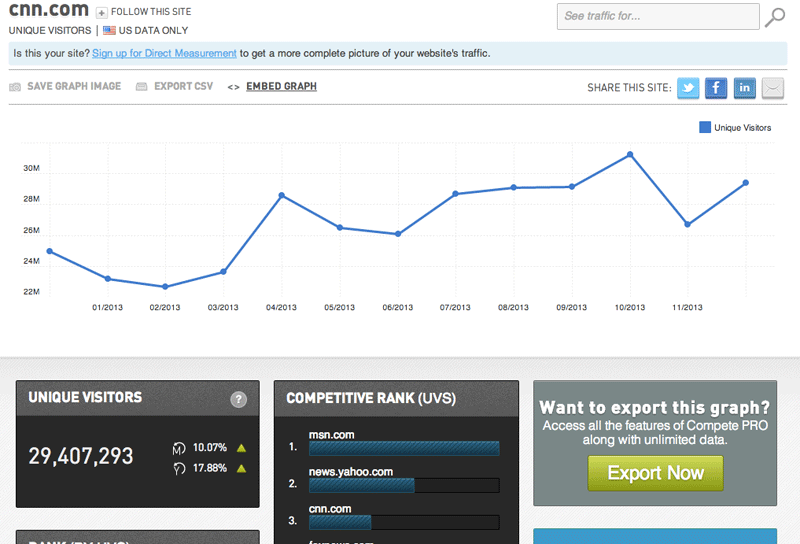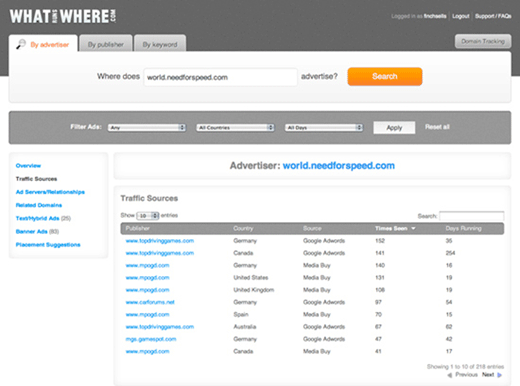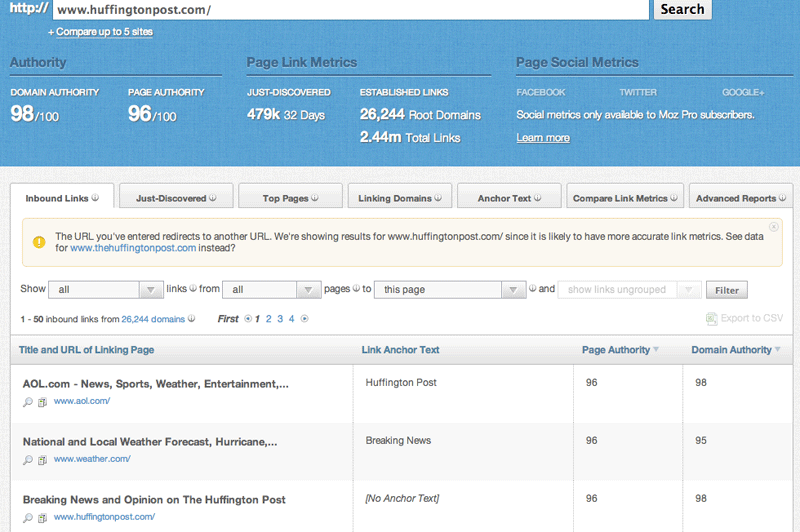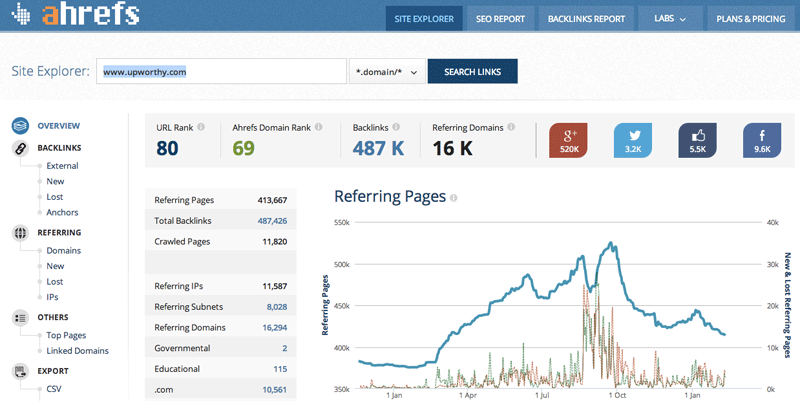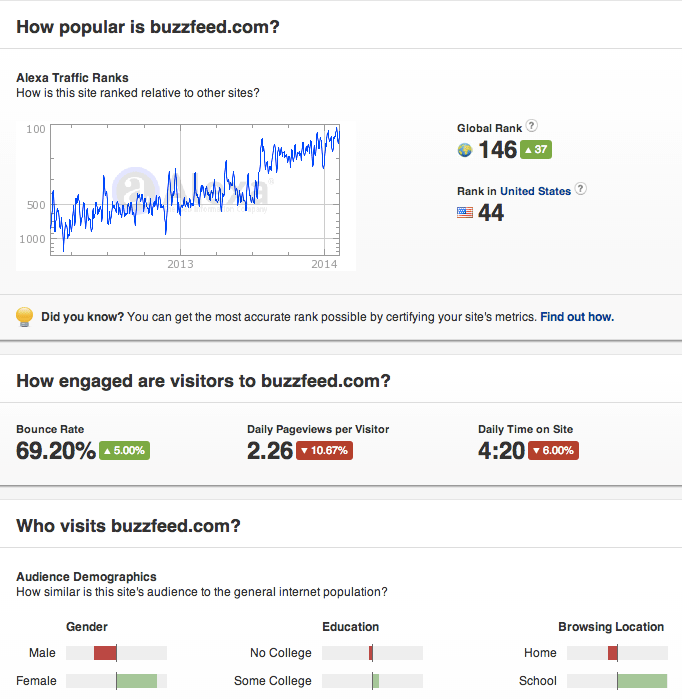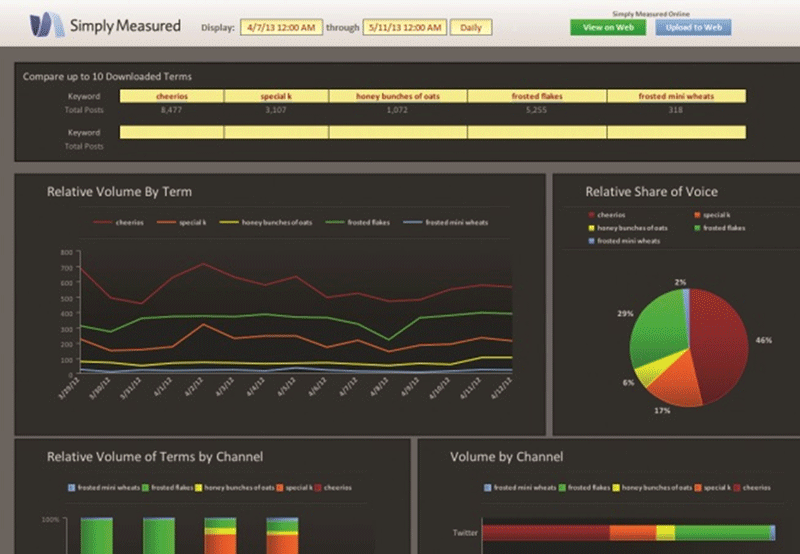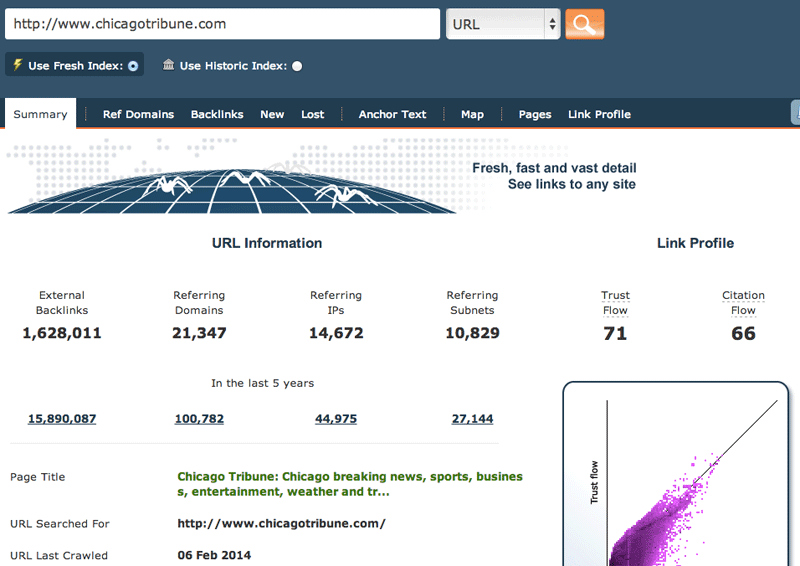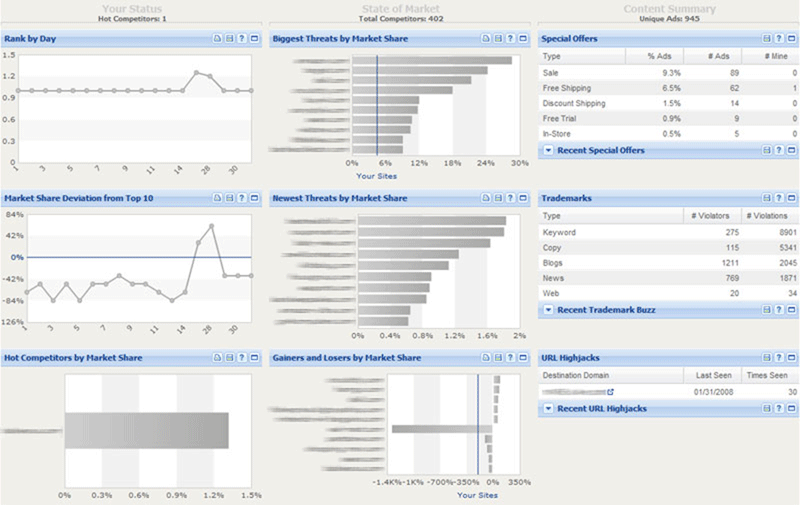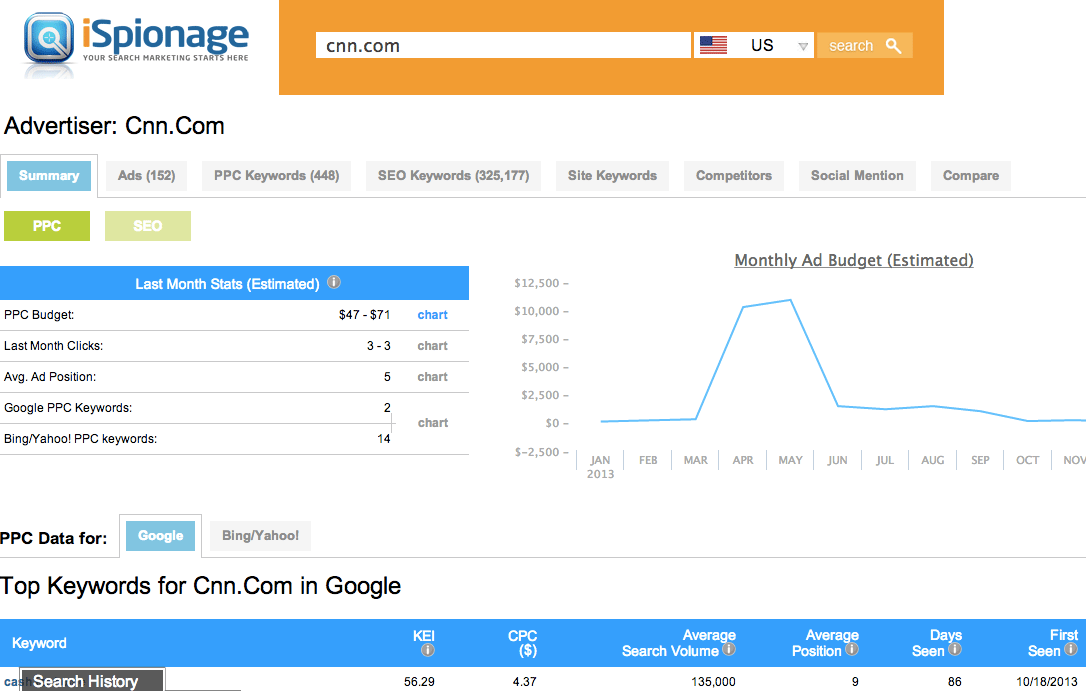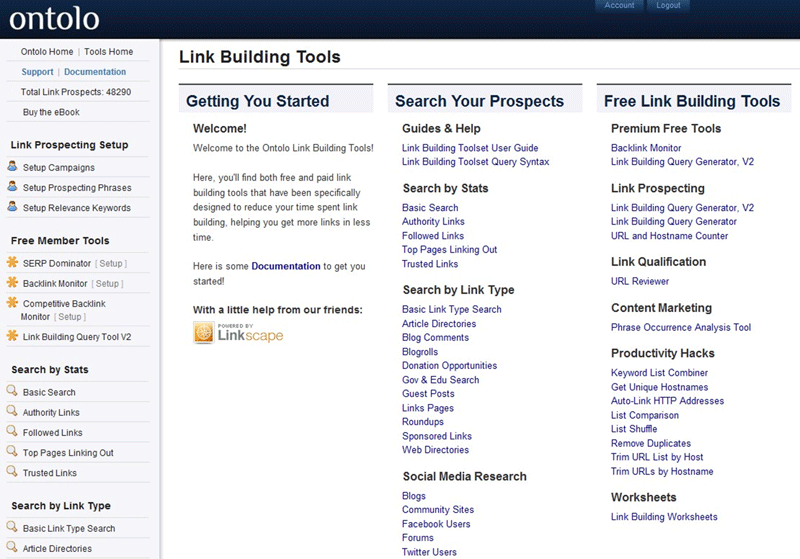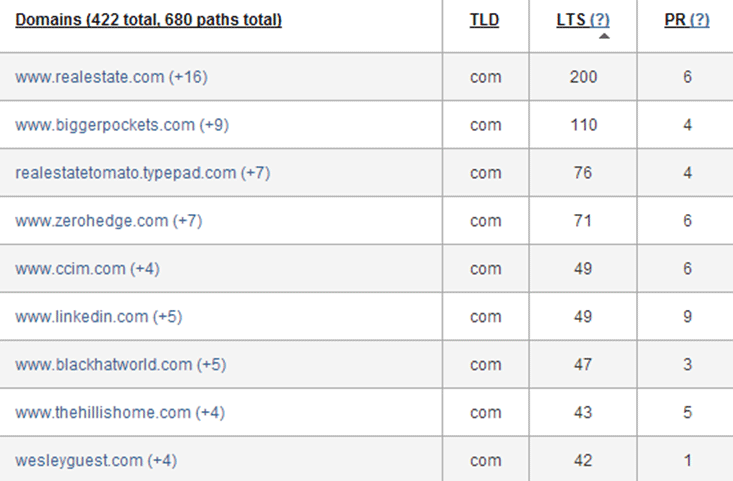
How cool would it be to gain 140,000 leads (email subscribers) to fuel your business?
How much cooler would it be if you could do it for free?
I’m about to reveal the EXACT 4 step process I’ve used to do exactly that to build a business in the basketball training niche.


The opportunity is HUGE on YouTube as it’s a fairly underutilized and untapped platform.
Organic traffic on YouTube is different than other platforms like Facebook, it LASTS for months and years.
This channel is in the basketball training niche and it’s growing daily.

Leads turn into sales, and there isn’t anything healthier for your business than making the cash register ring… (especially if the leads are FREE)!
The strategy of generating organic traffic (and free leads) from YouTube took me 3 years to perfect and I’ve documented it step-by-step.
This system can be used in any market where content can be created…
If you follow these steps, you will see a significant spike in traffic from YouTube in 30-60 days, you just have to stick with it and be consistent.
1. Game Planning: YouTube Keyword Research
As marketers, our job is to provide a solution to a pain point for a market.
For example, athletes may search “How to jump higher” or “How to dunk”.
These potential customers are searching for answers to their problems, and it’s our job as marketers not to rely on them to come to us, but instead, meet them at their problem and provide a solution.
First, write down the broad subject of what your business is all about.
For example, in our business, which teaches athletes how to become better basketball players, I’d write:
Basketball Training
Next, I want you to write down this question:
If you surveyed 100 ideal customers and asked:
“What would you type into Google or YouTube to improve at [PROBLEM YOUR BUSINESS SOLVES]?”
What would the 5 most likely answers be?
Here’s mine…
Subject: Basketball Training
- Basketball Training
- How to get better at basketball
- How to dribble a basketball
- How to shoot a basketball
- How do I jump higher
What would your target market type into Google/YouTube when looking for the solution to their pain point?
Write out the top 5 answers (or as many as you can come up with).
Next, I want you to remove “How to” or any added words that aren’t associated with the “keyword” that describes what your customer needs help with.
- Basketball Training
- How to get better at basketball
- How to dribble a basketball
- How to shoot a basketball
- How do I jump higher
So the new list would look like:
1. Basketball Training
2. Get Better at Basketball
3. Dribble a Basketball
4. Shoot a Basketball
5. Jump higher
2. Get Better at Basketball
3. Dribble a Basketball
4. Shoot a Basketball
5. Jump higher
These 5 keywords from your list are called your “Bracelet Keywords”.
Next, take your first bracelet keyword, and go directly to YouTube.
Begin to type in your first bracelet keyword, leaving the last 2 letters off the end of the spelling like so:

As you type, you’ll notice an automated list of “recommendations” below the search bar.
This is called the “Google Autocomplete” function. This function offers a prediction of what you are searching for based on the popularity of previous user searches.
Pretty cool, right?
Next, make a list of all of the Autocomplete recommendations that your market is searching for:

Go through your 5 Bracelet Words, and make a list of all of the recommended autocomplete keywords you were given. You can expect between 35-45 solid keywords that your market is clearly searching for.
Each of the keywords are essentially DONE FOR YOU titles for videos. You’ll want to do a video for every single term you find.
Once you shoot a video, and begin the upload process, be sure to include the keyword in…
- The headline
- description
- tags of the video
… to zero in and target people searching for this exact term.
Here’s one of our videos…

2. Rule Change: Great YouTube Content is Worth 3 Points
In early 2014, YouTube made an algorithm switch that based video suggestion on watch time and no longer on videos that received the most clicks early.
With this massive algorithm shift, YouTube leveled the playing ground for people like us to compete with larger channels, businesses, and brands.
The old algorithm awarded channels who sent large amounts of traffic to a new video, giving it a higher ranking in their search engines.
But now, it’s no longer a “traffic competition”, but a content competition.
Simply put, if you provide quality content on a consistent basis, you WILL get traffic because your “Watch Time” will out-perform your competitors!
But how do you provide quality content that you know your market will enjoy?
First: Focus on ONE specific need in each video.
For example, if I was making a video from my list of charm keywords for “Basketball training for beginners”, I’d speak directly on the subject of basketball training for beginners. That way, when people searched “basketball training for beginners” and clicked my video, the content will be completely congruent to what they are searching for, therefore, increasing their watch time.
Second: Video length plays a massive role. Your videos should be just long enough to provide value but short enough to keep the viewers attention for the length of the video.
Videos around 3 minutes in length are long enough to provide value and content, but short enough to not lose viewer interest. I recommend each video targets a specific tip, trick, or technique.
In terms of video editing, don’t over complicate it. Some of our best videos that continue to bring us thousands of leads a month were shot on an iPhone.
The keys are consistency and congruency.
If you can only post once a week, stick to that, if you can post three videos a week, even better. Determine the days of the week that you’re going to post your videos (ex. Monday, Wednesday, Friday) and stick to it.
(You’ll be hearing a ton about this from me next month at Traffic & Conversion Summit 2015 in San Diego. Hope to see you there!)
Digital Marketer Lab Member Extra
Access your ‘YouTube Guide to In-Stream Ads’ Execution Plan in Digital Marketer Lab.
Follow this guide to generate leads using YouTube In-Stream ads.
Not a Lab member? Click here to learn more about DM Lab
3. Scoreboard: How To Turn YouTube Views Into Leads
If you aren’t familiar with the term “Annotation”, they are described by YouTube as:
“Clickable text overlays on YouTube videos. Annotations are used to boost engagement, give more information, and aid in navigation.”


I refer to them as “Clickable Billboards” in your videos to direct viewers to take a specific action.
Annotations are what make YouTube marketing so effective. With clickable annotations you can ask your viewers to take a number of actions to help your channel and business grow.
Some of my favorite annotations are:
- Click here to receive a free gift. (This is how we grow our mailing list.)
- Click here to subscribe to our channel for free training.
- Like or comment on this video and tell us what videos you’d like us to make in the future.
To set up an annotation, simply visit the video page once uploaded, and click on the “Annotation” button under the video!

Inside the Annotations Dashboard you will be able to pick what type of annotation you’d like to use, the text on the annotation, when you’d like to show your annotation inside of the video, and even choose the color and font size.
Annotation “Links” include the ability to send viewers to other videos, playlists, have them subscribe to your channel, and most importantly, visit an associated website. This means if people click your annotation, they will actually leave YouTube and visit your website or landing page.
If you are new to YouTube, or have not yet set up an “Associated Website”, you will need to do so in order to allow “clickable annotations” to your website.
Visit your “Creator Studio” under your profile picture in the top right:

Then select “Channel” from the dashboard on the left. Scroll down, and you’ll find a Feature entitled “External Annotations”, if the “Status” light isn’t green, then click “Learn More” for step-by-step instructions on setting up external annotations to your associated website!

You only need to connect your main domain to YouTube, as all pages under that domain will be accepted as an associated website.
Two tips for optimizing your annotations to generate the most:
- “10 in and 10 out rule”: You only show annotations in the first 10% of the video, and the last 10% of the video. So if a video is 2 minutes, or 120 seconds long, we’d show an annotation during the first 12 seconds, and the last 12 seconds. As the video lengthens or shortens, so do our annotations. This allows the viewer plenty of time to take action if they choose, but our annotations take us only 20% of the entire video, allowing the viewer to still enjoy the content.
- “Rule of ONE”: Only one annotation is displayed at a time. Don’t make the mistake of asking the viewer to do more than one action at a time. I recommend that you offer a reason for your viewer to click your annotation and visit your website (like a free gift or consultation) during every video, as well as the ability to subscribe to your channel. This will drive traffic to your website and leads into your business, but also allow for channel growth, which will increase your organic traffic reach.
4. 4th Quarter: Give a Strong Call To Action
At the end of each video, we provide verbal calls to action that instruct the viewer to take specific actions.
Verbal CTAs are extremely powerful in regards to the growth of your channel, and turning views into leads.
If you tell viewers to complete an action, they are much more likely to do so.
I recommend during the last 10% of the video, you provide a verbal CTA to subscribe to the channel by clicking the “Subscribe” button on your video.
I recommend during the last 10% of the video, you provide a verbal CTA to subscribe to the channel by clicking the “Subscribe” button on your video.
Then, tell them to “like” and comment on your video, and ask the question: “What else would you like me to show you how to do?”
By asking the viewer what else they’d like to learn from you, you’ll discover their true pain points, and ideal videos to create, while increasing your video engagement. This is a powerful market research technique.
Your last CTA in every video, should be to click your lead generation annotation. By combining a visual annotation offering something free with a verbal command, you will see a massive increase in clicks per viewers.
Now that I’ve explained our 4-step process for generating FREE leads from YouTube, it’s time for you take action!
Remember, it takes consistency to implement this process but is well worth the high quality leads you’ll generate for your business.
The opportunity on YouTube is incredible, don’t miss out on your chance to add another high quality traffic source to your business.
http://www.digitalmarketer.com/free-leads-from-youtube/?utm_source=twitter&utm_medium=cpc&utm_campaign=ContentDistribution










